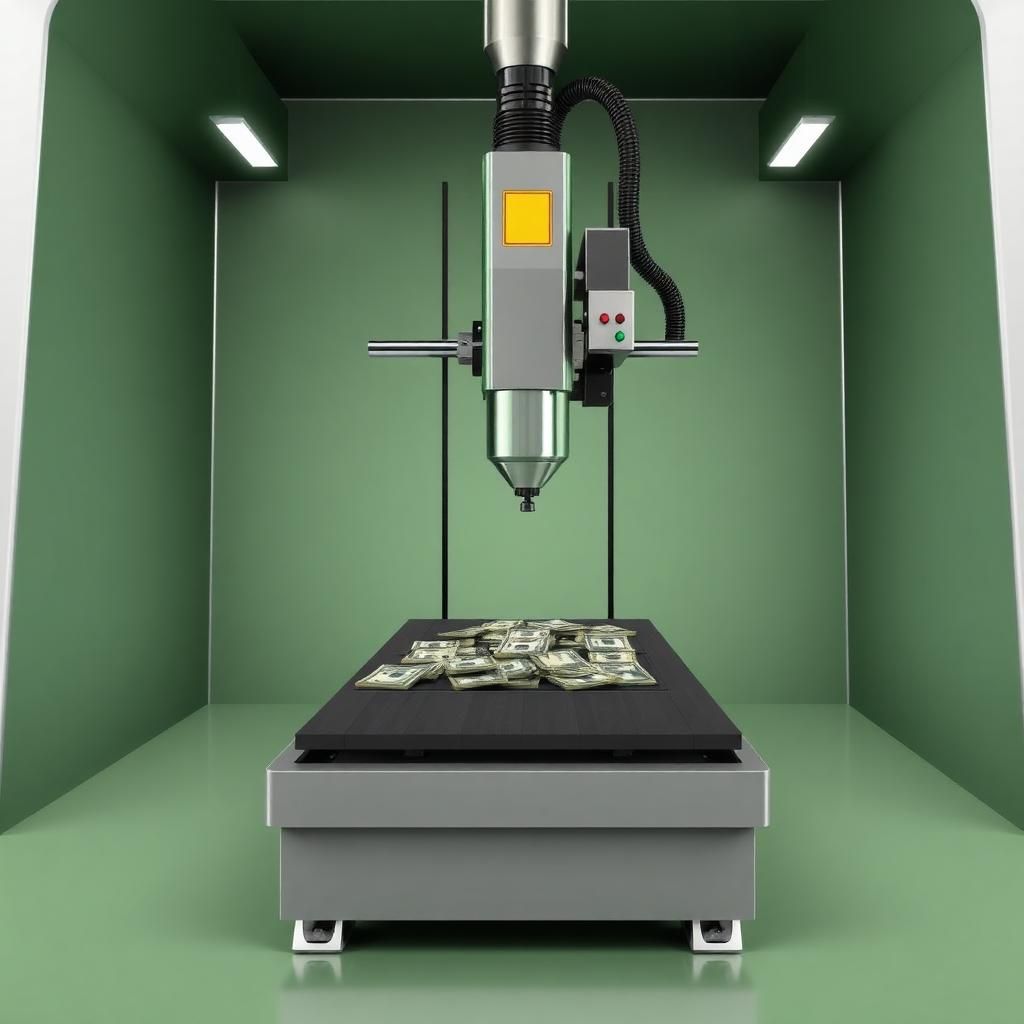Entering the 5-Axis Machining Market: Where to Start for a Machine Owner
Entering the 5-Axis Machining Market: Where to Start for a Machine Owner
The modern metalworking market is shifting toward high precision, flexibility, and reduced cycle times. 5-axis machining is no longer a niche technology — it’s a key competitive advantage. However, simply owning a 5-axis CNC machine does not automatically make you ready to offer 5-axis milling services.
This article explains how to enter the market strategically, attract clients, and turn your investment into profit.
1. 5-Axis Is Not Just a Machine — It’s a Service Level
5-axis machining centers enable capabilities impossible for standard 3-axis setups:
-
Fewer setups and fewer base errors.
-
High precision for complex geometries.
-
Processing of undercuts and multi-surface parts.
-
Reduced production time for series and prototypes.
Yet the machine alone doesn’t ensure success — it’s a new service model. A poorly chosen niche or pricing strategy can keep even a top-tier center idle. Start with market analysis and capability assessment.
2. Analyzing Demand and Finding Your Niche
Before offering 5-axis machining services, identify who needs them. The main industries include:
-
Aerospace
-
Medical equipment
-
Energy and turbine components
-
Toolmaking and mold production
-
Prototyping and R&D
For small and mid-sized workshops, the most realistic path is local clients — molds, tooling, prototypes, or automation parts.
Practical step: analyze supplier platforms, industry tenders, and B2B listings to discover underserved niches.
3. Defining a Competitive Advantage
Your success depends on a clear value proposition:
-
Speed: rapid turnaround from quote to delivery.
-
Complex geometry expertise.
-
High precision: in-process measurement, tool compensation.
-
CAD/CAM fluency: accepting STEP/IGES files and generating toolpaths internally.
Clients don’t buy machine time — they buy certainty and precision.
4. Technical Readiness Beyond the Machine
To start selling 5-axis machining services, ensure:
-
A capable CAM system (NX, HyperMill, PowerMill, Mastercam, Fusion 360).
-
A skilled programmer familiar with 5-axis toolpaths.
-
Reliable fixtures, zero-point systems, and calibration tools.
-
High-quality cutting tools and tool measurement systems.
-
Quality control — preferably on-machine measurement.
Visual proof — videos and part photos — strongly support credibility.
5. Economics and Pricing
A 5-axis machine represents a high-capital investment — pricing errors can be costly.
Key factors for hourly rate:
-
Depreciation and maintenance
-
Power consumption
-
CAM licenses and postprocessors
-
Labor (operator, programmer, QA)
-
Overheads and taxes
European average: €60–100 per hour of machine time. The goal is to communicate value, not price — accuracy, repeatability, and reliability.
6. Marketing and First Clients
Early-stage success depends on trust.
-
Use LinkedIn and professional forums.
-
Create a website with technical data, video demos, and photo portfolios.
-
Register in B2B manufacturing directories.
-
Partner with design and tooling firms needing reliable subcontractors.
Start by machining demo parts — your first portfolio is your strongest sales tool.
7. Common Mistakes
-
Underestimating CAM complexity.
-
Skipping tool calibration.
-
Setting prices too low.
-
Working without detailed contracts.
-
Ignoring feedback — early reviews shape your market image.
8. Growth and Expansion
Once stable:
-
Add automation (pallet changers, probing).
-
Extend to night shifts when utilization exceeds 70%.
-
Cooperate with larger OEMs as a precision subcontractor.
-
Diversify into composites, titanium, stainless steels.
The 5-axis center can become a production hub, around which a full ecosystem develops.
9. Conclusion
5-axis machining is a strategic step up for any workshop. With the right planning, it delivers not just higher precision — but stronger margins and more stable orders.
Success lies in three elements:
-
Clear niche understanding.
-
Solid process management.
-
Consistent marketing and communication.
Invest not only in the machine, but in skills, software, and reputation — and the return will follow.

